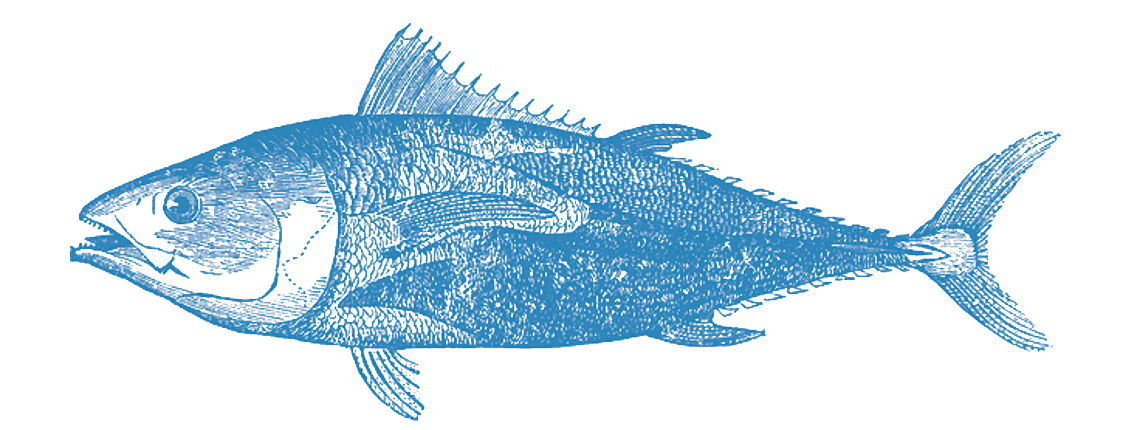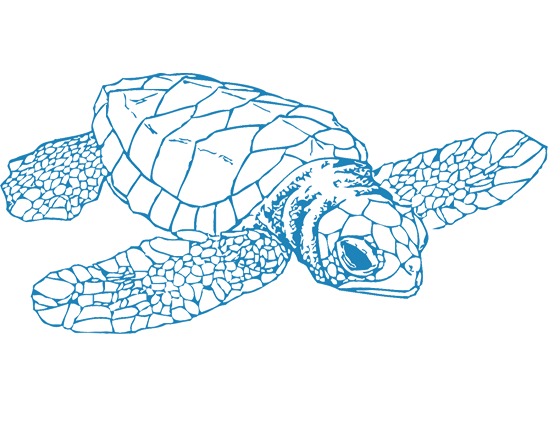Reducing the Ecological Footprint of Fishing through Smarter Gear
The Problem
Modern fishing practices often result in the unintended catch —and subsequent dumping —of millions of tons of fish, mammals, sea turtles, birds, and other creatures, resulting in destructive impacts from industrial and artisanal fishing on marine species. Innovators and scientists have developed a variety of technologies and innovations that lower the amount of by-catch from fishing and reduce the damage caused by fishing gear, yet few have been implemented at scale or adopted by policy makers or the private sector.

The Challenge
Create scalable and sustainable novel technologies that reduce the impact of fishing gear while enhancing the yield of desired species. This challenge focuses on innovations for two different communities, and ways to bring the innovations to scale:
- Reducing the impact of fishing gear and destructive fishing practices among artisanal communities without a diminishment in yield
- Reducing the impact of fishing gear and destructive fishing practices among industrial fishermen
- Improving the certification, adoption, and scaling, of low impact fishing gear and fishing practices
Problem Statement
The growing demand for seafood, a result of emerging middle classes and population growth, is putting tremendous pressure on fish stocks around the world. An estimated 80% of the world’s fisheries are considered either fully exploited or overexploited (FAO). The global fishing industry captured $91.2 billion in first-sale seafood value in 2006, comprised of 92 million tons from both inland and marine waters.
Destructive fishing practices constitute a malicious side effect of the increased global demand for seafood and the decline in global fisheries. Such practices can include the use of gear or methods that indiscriminate as to their target species, physically damage the habitat, or are unsustainable in their application. Both artisanal and industrial fishers may use destructive fishing practices.
Indiscriminate fishing results in bycatch, removing fish and other marine life from the sea without the intent to do so. In some cases, the bycatch is itself a valuable product (e.g. halibut) that is cast overboard and thus harms the livelihoods of other fishers in a region. Frequently, the bycatch includes species that play a critical role in the ecosystem, for instance top-predators and primary food-stock fish that have little to no market value but underpin the health of more valuable fish populations.
An estimated 80% of the world’s fisheries are considered either fully exploited or overexploited

Destructive fishing practices can include the uses of poisons such as cyanide (which also capture fish for the aquarium trade), blast fishing which utilizes explosives, muroami (which uses pounding devices to crush coral and encircling nets), and ghost fishing (the use of large scale pelagic driftnets). These practices may irreversibly destroy habitats, or indiscriminately kill non-target species.
Inadequate fishing practices include standard fishing practices, whose misapplication may be damaging to an ecosystem. For instance, bottom trawling can severely damage the seafloor and benthic habitats. Finally, solutions exist, but they need incentives for adoption, and pathways to scale.
Respond to this Challenge!
Going from an idea to a tangible solution is no easy task.
Share your project on the Digital Makerspace to shape and improve your idea. You’ll benefit from the technical expertise of the Tribe and connect to additional financial and technical resources. We’ll help you navigate the tech development process and identify market opportunities. Through collaboration, we build conservation solutions that are impactful and have the potential to scale.
PART OF
Ten Grand Challenges for Ocean ConservationPROJECTS
Bye-catch
Say good-bye to bycatch by using sonar detection and AI to spy on marine life and develop effective deterrents
CHALLENGE LEADER
SPONSORS & ORGANIZERS
